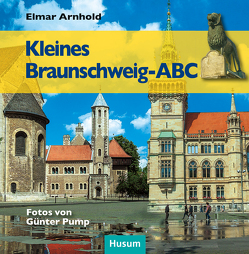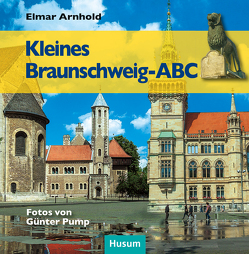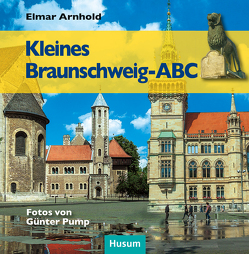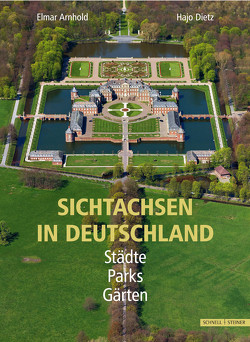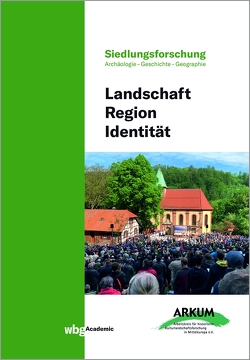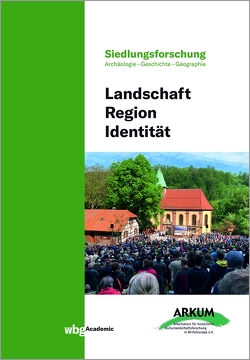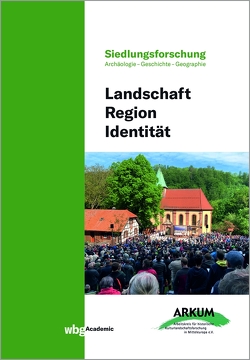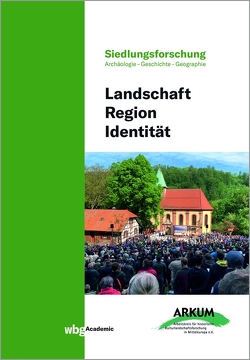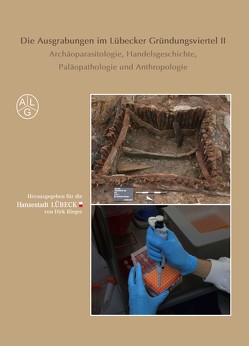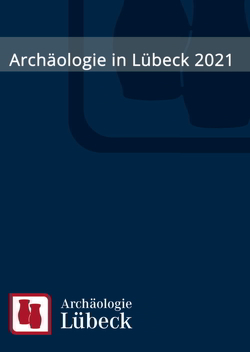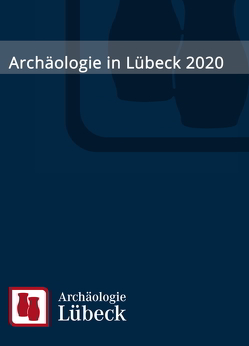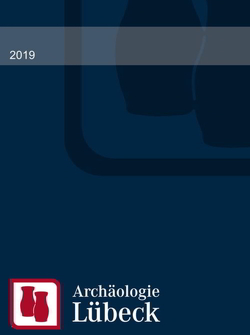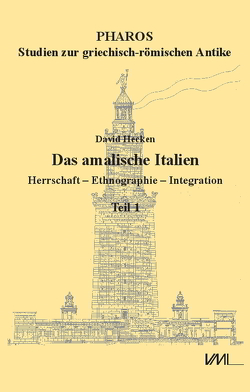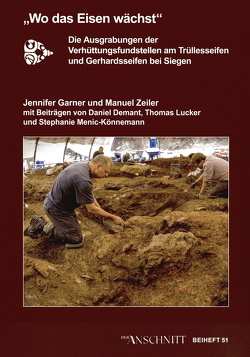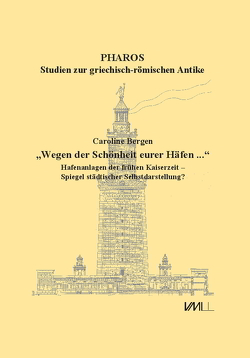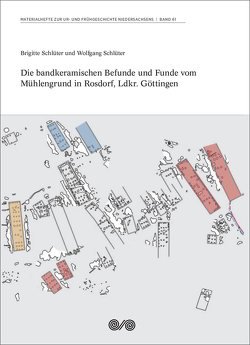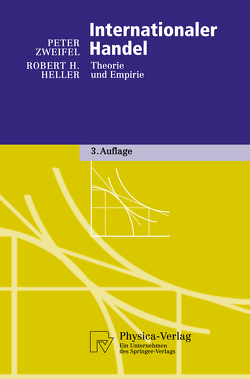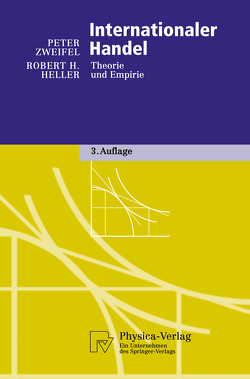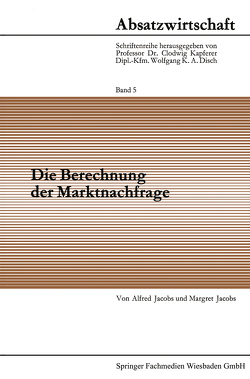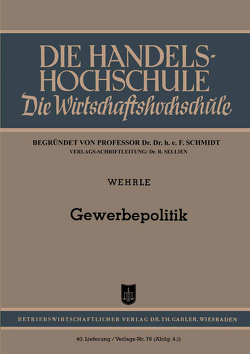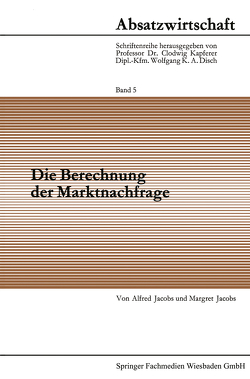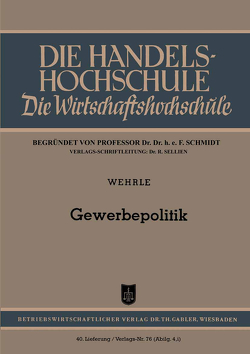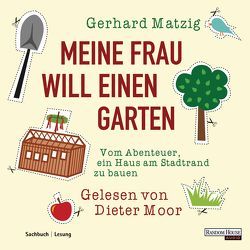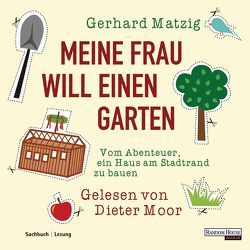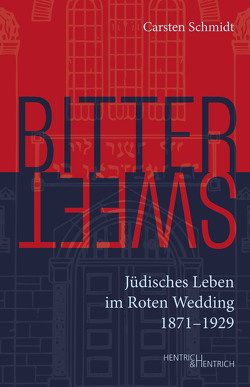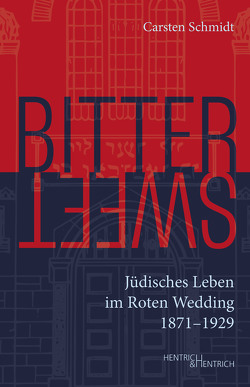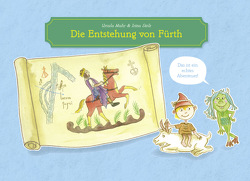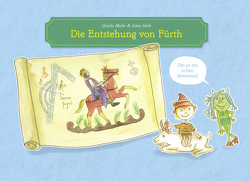platea finalis
Forschungen zur Braunschweiger Altstadt im Mittelalter
Elmar Arnhold, Silke Grefen-Peters, Dirk Rieger
2003-04 wurde in acht Monaten an der Echternstraße ein Areal von 6.000 m² ausgegraben. Trotz Bombentreffern des Zweiten Weltkrieges wurde hier am Rand der Altstadt eine enorme Befunddichte des 12.-20. Jhs. dokumentiert. Das reiche Fundmaterial umfaßt Keramik, Glas, Buntmetall, Eisen, Knochen, Stein, eine Düse, eine Lampe und einen Kinderschuh. Der Band geht jedoch weit über die Vorlage der 12.000 Funde und über 650 Befunde hinaus, indem die Parzellenentwicklung und Parzellenverteilung herausgearbeitet, die Entwicklung des Braunschweiger Bürgerhauses vom Pfostenbau zum Fachwerkbau inklusive “Buden” und “Steinwerken” untersucht und Handwerk und Handel der Bewohner analysiert werden. Befestigung und Wehrwesen der Braunschweiger Altstadt vom 12.-18. Jh. werden neu beleuchtet. Als Synthese folgt ein langer Beitrag zur Genese der Altstadt, wobei wie im ganzen Band die historischen und naturwissenschaftlichen Quellen einbezogen werden, z. B. die von Silke Grefen-Peters untersuchten Tierknochen. Ein Rekonstruktionsversuch der verschiedenen Bauphasen eines Gebäudes vom 13. Jh. bis um 1500 veranschaulicht die beschriebenen Ergebnisse.
In 2003-4 an area of 6,000 m² was excavated in Brunswick-Echtern Street during eight months. Despite bomb craters of World War II, this zone on the fringe of the old city centre contained an enormous density of features of the 12th to 20th century The rich find material consisted of pottery, glass, non-ferrous metal, iron, bone, stone, a nozzle, a lamp, and a child’s shoe. However, the volume goes far beyond the presentation of the 12,000 finds and more than 650 features. It illustrates the development and distribution of parcels, the evolution of private town-houses from post constructions to timber-framed structures, including outbuildings and stone architecture, as well as crafts and trade of the inhabitants. Fortifications and the defence system of the old city centre of Brunswick in the 12th to 18th century are reassessed. As a synthesis, an extensive contribution on the genesis of the old city centre follows, for which – like in the whole volume – historical and scientific sources such as the animal bones analysed by Silke Grefen-Peters were included. An attempt at a reconstruction of different construction phases of one building between the 13th century and ca. A.D. 1500 illustrates the described results.

